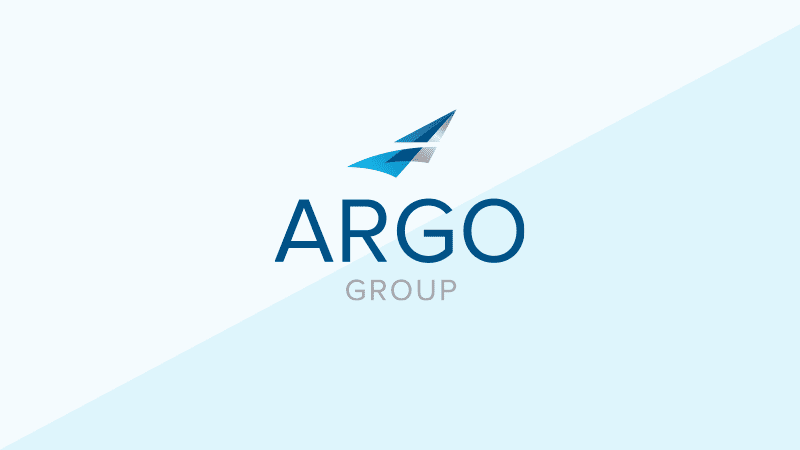By Renate Zachman, Vice President, Underwriting, Argo Pro
In recent years, Accountants’ Professional Liability (APL) insurance has experienced significant changes driven by emerging technology and evolving market dynamics. With the entry of new players, the exit of established carriers and increasing challenges in talent retention and cost-consciousness among accounting firms, the APL insurance landscape has become highly competitive.
Technology has emerged as a crucial component in mitigating prevalent risks in APL, such as those associated with cryptocurrency, cyber threats, tax issues and banking. As the market evolves, it is essential for insurers to adapt and offer extensive risk management strategies to address these emerging trends and challenges.
So what should insurers consider moving forward to ensure they are staying ahead of the curve? To overcome potential risk factors and gain a competitive edge, it’s more important than ever to think 10 steps ahead.
Comings and Goings
The APL insurance market has witnessed the entry of new players alongside the departure of significant carriers. This dynamic environment has created both opportunities and challenges. While new entrants bring fresh perspectives and innovative approaches to the market, the departure of established carriers necessitates a reevaluation of portfolio management and pricing strategies. Additionally, some managing general agents (MGAs) have changed their carriers, further altering the competitive landscape.
In recent years, APL has seen aggressive pricing, and had to adjust accordingly to ensure all the exposures are adequately priced. As the market adjusts to these changes, insurers must collaborate to ensure adequate pricing and collectively address the exposures inherent in underwriting this class of business.
Technology Used in Mitigating Risk
With the rise and fall of FTX, firms have witnessed significant losses in the crypto market, and are now keenly aware of evolving technologies and cyber securities’ importance. Firms should continue to offer education in this area due to inevitable exposure, and insurers’ APL offerings are now often connected to mitigating cyber risks.
It’s clear that technology plays a pivotal role in mitigating banking and other financial risks prevalent in APL. Addressing cyber threats, safeguarding client financial data, and implementing a robust risk management plan through encryption, Virtual Private Network (VPN) access, routine risk assessments and firewalls are all standard practices.
New APL Challenges Presented by the Unexpected
In addition, firms are facing a dual challenge of cost-consciousness and talent retention. Despite their ability to achieve continuous revenue growth, firms remain highly price-conscious and strive to minimize premium expenses.
The talent pool has taken a hit as well, with many college graduates opting for other professional careers. As firms compete for talent and seek to invest in their workforce, they simultaneously prioritize maximizing profitability. The struggle to retain talent, particularly among larger firms, highlights the need for comprehensive risk management strategies that address these challenges while maintaining financial viability.
What’s Next in APL?
Looking ahead, APL insurance is poised to encounter various trends associated with technology and a competitive landscape, and insurers should be prepared for a consistently evolving landscape. The emergence of cryptocurrency and its associated risks, along with the evolving landscape of financial institutions, will be at the forefront of underwriting considerations.
Tax issues will continue to be a prominent aspect, with timely filing and specific engagement letters playing vital roles in mitigating exposures. To address these trends, accounting firms must stay updated with regulatory guidance and ensure their staff possesses the expertise and training required to handle complex matters. Ongoing education and a proactive approach to risk management are critical to mitigating future claims, including implementing risk management committees to foster a risk-aware culture.





